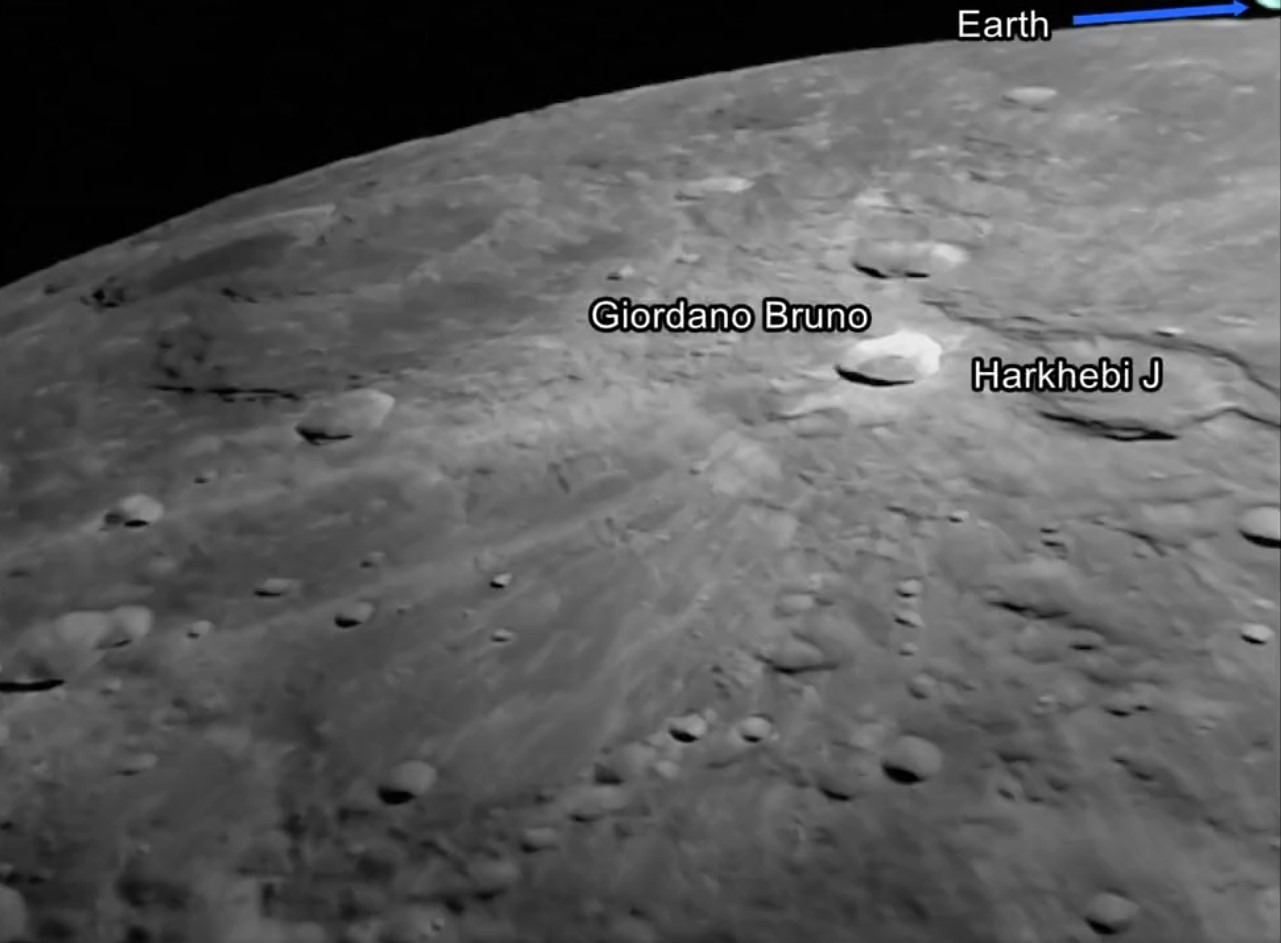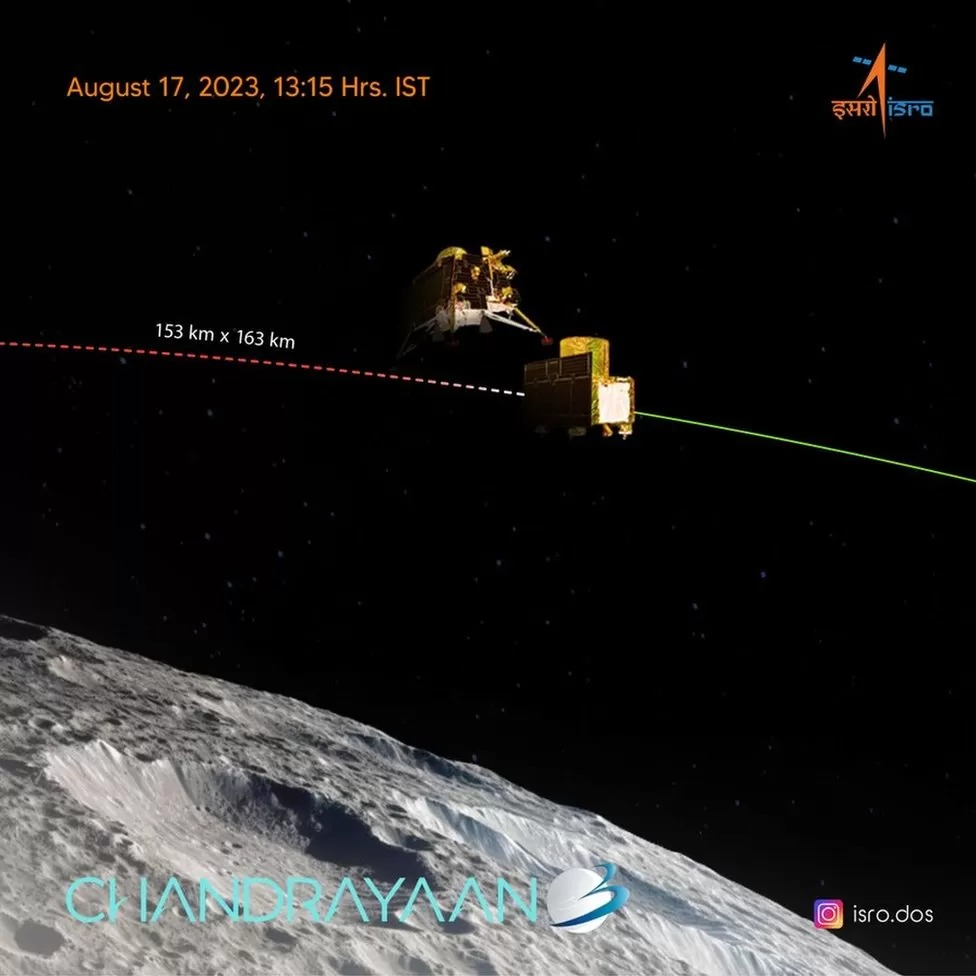The Indian spacecraft, which is approaching the south pole of the Moon, recently took pictures of the Moon’s surface. The images shared by the Indian space agency ISRO show a view of the rendezvous from the Chandrayaan-3 spacecraft shortly after it entered orbit around the Moon.

The mission, launched last month, aims to land an automated lander near the moon’s south pole. No spacecraft has ever landed in this region before. But more and more space agencies, including NASA, are planning to explore it in the coming years. The Indian mission also attracted public attention, as it was believed that it would compete with the Russian Luna-25 mission, which crashed on the surface of the Moon.
What is noticeable in the photo of the Moon?
ISRO released the images on August 18. The photos were taken by cameras on board the Chandrayaan-3 – Lander Imager Camera-1 and a camera for determining the position of the lander. These images should help during the landing attempt, which will take place this week.
Chandrayaan-3 Mission:
View from the Lander Imager (LI) Camera-1
on August 17, 2023
just after the separation of the Lander Module from the Propulsion Module #Chandrayaan_3 #Ch3 pic.twitter.com/abPIyEn1Ad— ISRO (@isro) August 18, 2023
The images show various craters on the surface of the Moon. The largest of them are Giordano Bruno and the Harkhebi impact crater. The Earth is also visible in the corner of one of the pictures, peeking out from behind the edge of the frame.
Chandrayaan-3 Mission:
???? as captured by the
Lander Position Detection Camera (LPDC)
on August 15, 2023#Chandrayaan_3#Ch3 pic.twitter.com/nGgayU1QUS— ISRO (@isro) August 18, 2023
The spacecraft includes the Vikram lander and the Pragyan rover. After separation of the lander, the orbiter will remain in orbit around the Moon.
Continuation of Chandrayaan-2
Chandrayaan-3 is a continuation of the Chandrayaan-2 mission, which launched in 2019 and ended with the successful launch of the orbiter into orbit, but an unsuccessful landing attempt. The plan of this mission is to safely reach the surface of the Moon and explore the area adjacent to the landing site using instruments, in particular a spectrometer and a spectroscope, to understand the composition of the Moon. The rover will work for two weeks, performing various experiments.

Scientists are particularly interested in the South Pole of the Moon, as it is believed that there may be deposits of water ice, which may be important for future manned missions to the Moon in the long term, such as those planned by NASA as part of its future plans for manned exploration of the Moon after the Artemis program.
Earlier we reported on how the landing platform with the Indian lunar rover separated from the Chandrayaan-3.
Follow us on Twitter to get the most interesting space news in time
https://twitter.com/ust_magazine

